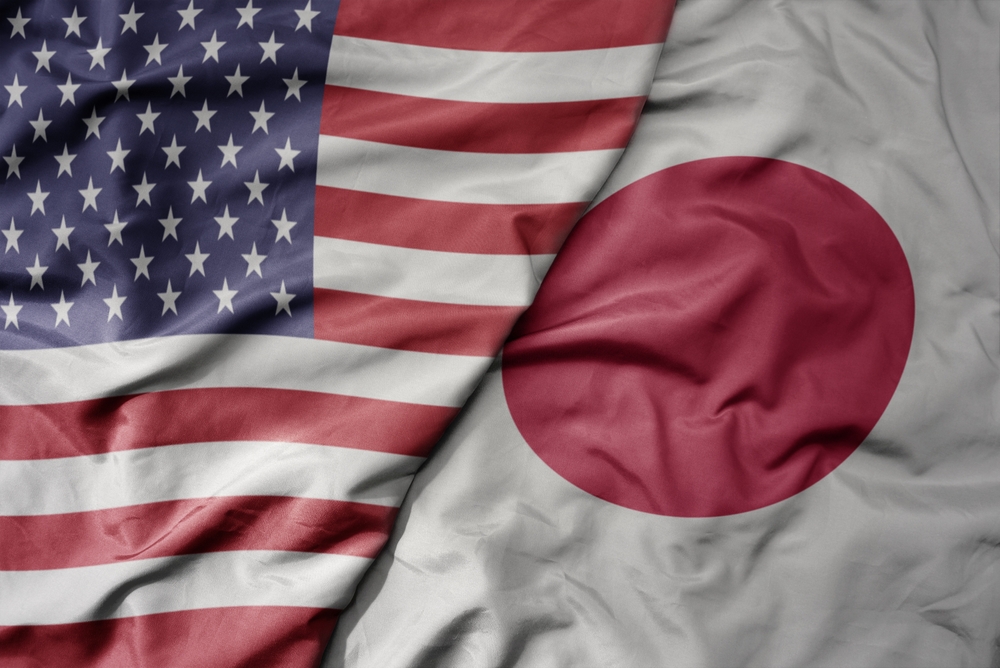The world’s favourite treat, chocolate, might soon become a luxury item. Cocoa prices have hit a record high of $10,000 per tonne, doubling in just this year alone. The price first gained traction in October last year when it broke through its all-time high and continued to climb higher with no significant pullback. This surge is driving up the cost of chocolate, and everyone, from everyday consumers to big manufacturers, is feeling the pinch as we face the reality of a cocoa crisis.
Supply Strains
The epicentre of this cocoa crisis is nestled in West Africa, a region that has conquered 70% of the globe’s cocoa production capacity. Major producers like the Ivory Coast and Ghana have been hit hard by a combination of severe weather, disease, and logistical challenges. Torrential rains, scorching heatwaves, and the rampant cocoa swollen shoot virus have all contributed to a significant drop in cocoa production, with port arrivals sinking by 28% and 35%, respectively, since the season began compared to the previous year, all while global demand for cocoa is growing.
Manufacturers Impact
The repercussions of this supply crunch are reverberating across the globe, with major chocolate manufacturers like Hershey sounding the alarm. CEO Michele Buck has expressed concerns over the "record cocoa prices" and the challenges they pose for the company. The International Cocoa Organization predicts a significant deficit of 374,000 metric tonnes this year, dwarfing last year's shortfall of 74,000 metric tonnes, further compounding the already sky-high prices that have doubled since January.
Shrinkflation and Premium Pricing
As manufacturers grapple with soaring input costs, consumers may face the unwelcome reality of "shrinkflation"—paying the same or more for chocolate products that have been downsized in quantity or quality, which is a popular issue with KitKat. Alternatively, chocolate manufacturers may transition to using vegetable oil instead of cocoa butter, although it will be of lower quality and not preferred by customers. Once a common indulgence, chocolate may propel itself to the status of a premium luxury good, with prices soaring to unprecedented levels, potentially surpassing even copper.
Not All Gloom is Doom
In the midst of it, Malaysia has seized the opportunity to capitalise on soaring prices. According to Bernama, the Malaysian Cocoa Board is targeting record-high cocoa product export values, aiming to hit RM9 billion this year and RM10 billion by 2025. With a rapid expansion into over 250 market destinations worldwide, coupled with initiatives to boost production and marketing, Malaysia is positioning itself as a major beneficiary of the turbulent cocoa trade dynamics. Plans are underway to expand cocoa plantations and focus on premium varieties, allowing the nation to tap into lucrative niche markets.















